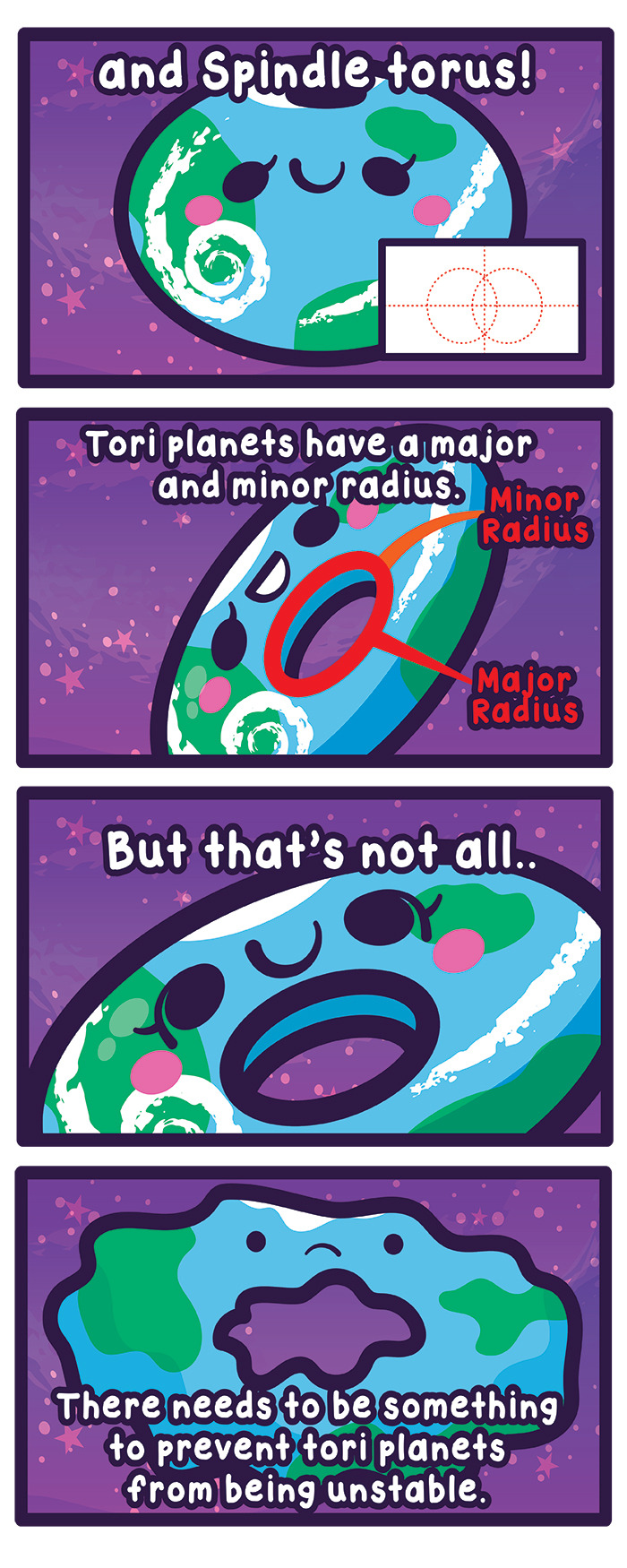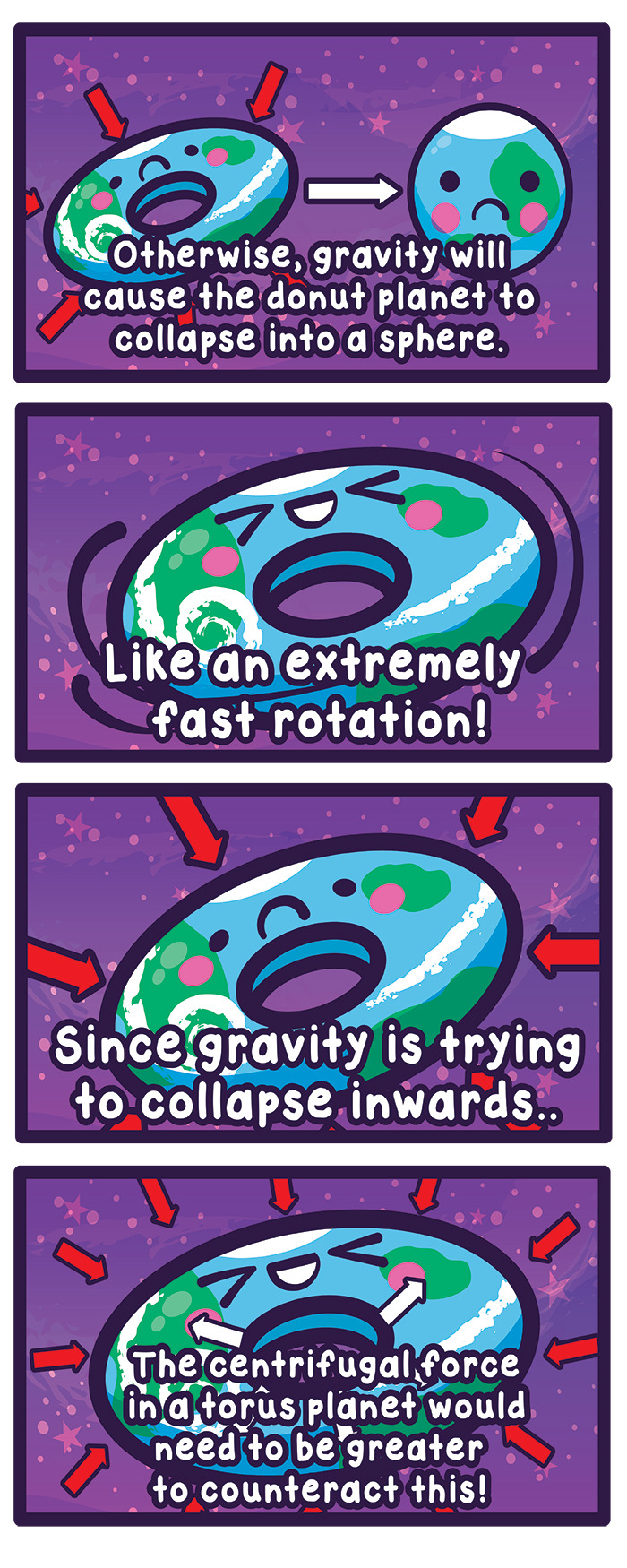The #HubbleTelescope Captured These Auroras On #jupiter Caused By Light Waves Interacting With The Planet’s
The #HubbleTelescope captured these auroras on #jupiter caused by light waves interacting with the planet’s magnetic fields.
More Posts from Night-hides-the-world and Others






Time for another out of this world comic for starry cosmos month!
This week’s entry, “Gamma Ray Bursts”
http://imagine.gsfc.nasa.gov/science/objects/bursts1.html
http://earthsky.org/space/gamma-ray-bursts-are-the-most-powerful-explosions-in-the-universe






In this 2 part series, Planet X will teach you about the formation of donut planets using the power of physics!
http://io9.gizmodo.com/what-would-the-earth-be-like-if-it-was-the-shape-of-a-d-1515700296
Enchanted Moon II by Nima Shayesteh
Wolf Moon by miguel aviles - Art of Visuals Collective
Moon on the horizon, Santa Barbara | California (by A. Klioutchnikov)
And unfortunately I can’t find credit for the final photo.





NGC 6514, Trifid’s Unicorn


Venezuela by Jonas Piontek

shit man this got me emotional
Candy Cane of Cosmic Proportions
Imagine how long it would take to eat a candy cane that’s a thousand trillion miles tall! 😋

Scientists peering into the center of our Milky Way galaxy found this 190-light-year tall “candy cane,” but (sadly) it is not a peppermint treat. It does contain other goodies, though. They have found huge collections of material, called giant molecular clouds, where stars are being born. And there are magnetic fields that might be evidence of a bubble from an outburst in our galactic center long ago.

The full image shows our galaxy’s center in infrared (blue), radio (red) and microwave (“minty” green) light. The picture essentially color codes different ways light is produced. The blue and cyan regions show us cool dust where star formation has just begun. Yellow features show more-established star “factories.” Red reveals places where electrically charged gas interacts with magnetic fields.
This image includes newly published observations using an instrument designed and built at NASA’s Goddard Space Flight Center in Greenbelt, Maryland, called the Goddard-IRAM Superconducting 2-Millimeter Observer (GISMO). It was used with a 30-meter radio telescope located on Pico Veleta, Spain, operated by the Institute for Radio Astronomy in the Millimeter Range headquartered in Grenoble, France. The image shows a region about 750 light-years wide.
Find out more about this image and what we can learn from studying star factories!
Make sure to follow us on Tumblr for your regular dose of space: http://nasa.tumblr.com

The Einstein Cross Gravitational Lens : Most galaxies have a single nucleus – does this galaxy have four? The strange answer leads astronomers to conclude that the nucleus of the surrounding galaxy is not even visible in this image. The central cloverleaf is rather light emitted from a background quasar. The gravitational field of the visible foreground galaxy breaks light from this distant quasar into four distinct images. The quasar must be properly aligned behind the center of a massive galaxy for a mirage like this to be evident. The general effect is known as gravitational lensing, and this specific case is known as the Einstein Cross. Stranger still, the images of the Einstein Cross vary in relative brightness, enhanced occasionally by the additional gravitational microlensing effect of specific stars in the foreground galaxy. via NASA
-
 catgrrlz liked this · 8 years ago
catgrrlz liked this · 8 years ago -
 jenna-darknight reblogged this · 8 years ago
jenna-darknight reblogged this · 8 years ago -
 wonkwink liked this · 8 years ago
wonkwink liked this · 8 years ago -
 sapphism-and-nihilism reblogged this · 8 years ago
sapphism-and-nihilism reblogged this · 8 years ago -
 paleopsychotic reblogged this · 8 years ago
paleopsychotic reblogged this · 8 years ago -
 chingonaaa liked this · 8 years ago
chingonaaa liked this · 8 years ago -
 morty-c137 liked this · 8 years ago
morty-c137 liked this · 8 years ago -
 morty-c137 reblogged this · 8 years ago
morty-c137 reblogged this · 8 years ago -
 ntfzf reblogged this · 8 years ago
ntfzf reblogged this · 8 years ago -
 phobovien reblogged this · 8 years ago
phobovien reblogged this · 8 years ago -
 theartofatl liked this · 8 years ago
theartofatl liked this · 8 years ago -
 deadmugen reblogged this · 8 years ago
deadmugen reblogged this · 8 years ago -
 deadmugen liked this · 8 years ago
deadmugen liked this · 8 years ago -
 flirtingwithdanger reblogged this · 8 years ago
flirtingwithdanger reblogged this · 8 years ago -
 worriedman13 reblogged this · 8 years ago
worriedman13 reblogged this · 8 years ago -
 dandylionboy liked this · 8 years ago
dandylionboy liked this · 8 years ago -
 izzyathena13 reblogged this · 8 years ago
izzyathena13 reblogged this · 8 years ago -
 enapo reblogged this · 8 years ago
enapo reblogged this · 8 years ago -
 conniferusblack liked this · 8 years ago
conniferusblack liked this · 8 years ago -
 night-hides-the-world reblogged this · 8 years ago
night-hides-the-world reblogged this · 8 years ago -
 thy-flying-whale liked this · 8 years ago
thy-flying-whale liked this · 8 years ago -
 summergrandpa-davidgilmour liked this · 8 years ago
summergrandpa-davidgilmour liked this · 8 years ago -
 lost-in-jeopardy liked this · 8 years ago
lost-in-jeopardy liked this · 8 years ago -
 pepalimoncia liked this · 8 years ago
pepalimoncia liked this · 8 years ago -
 what-the-hooves reblogged this · 8 years ago
what-the-hooves reblogged this · 8 years ago -
 animasaurus reblogged this · 8 years ago
animasaurus reblogged this · 8 years ago -
 hey-thats-farout reblogged this · 8 years ago
hey-thats-farout reblogged this · 8 years ago -
 babydarlingdollfacehoneyy liked this · 8 years ago
babydarlingdollfacehoneyy liked this · 8 years ago
Astronomy and the other wonders you witness when you look to the skies.
115 posts









